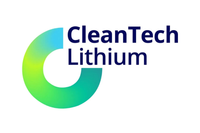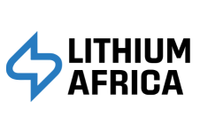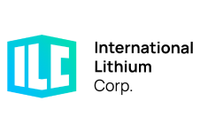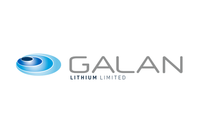Europe’s EV Battery Supply Chain Plans Facing Hurdles
Analysts at Wood Mackenzie provide a perspective on whether Europe is on track to develop its EV battery supply chain and what challenges are ahead.
Europe’s desire to develop its own electric vehicle (EV) battery supply chain is not new, but the coronavirus pandemic has further highlighted the need for more resilient supply chains if the region intends to play catch up with Asia.
Giving a perspective on if Europe’s hopes could become a reality any time soon, analysts at Wood Mackenzie said they believe producing EVs domestically shouldn’t be too much of a challenge.
“Yet it is not just the production of EVs that must be met. OEMs desire locally sourced battery production,” they said in a recent report.
“And furthermore, the EU and individual governments want to create homegrown EV value chains — from battery packs and cells right through to the mining of key battery materials like lithium, cobalt, nickel and graphite,” the Wood Mackenzie analysts continued.
When looking at battery packs, the analysts explained that many European OEMs produce their own battery packs, but the cells in those packs come primarily from tier one producers in Asia, including SK Innovation (SZSE:300750), LG Chem (OTC Pink:LGCLF,KRX:051910) and CATL (SZSE:300750).
Even though OEMs want localized cell production in Europe, the most pressing reality for them is the cost of battery cells, which is out of their control and could make up as much as 80 percent of the total cost of an EV. And one of the main goals of OEMs still remains for EVs to be cost competitive with vehicles that have internal combustion engines.
“Furthermore, cost pass-through from the battery cell producers means that volatility in prices for battery metals could easily increase losses or wipe out already meagre margins,” the analysts said.
Taking into account expected sales of EVs in the region, the research firm forecasts that Europe will need 128 GWh of battery cell manufacturing capacity by 2025.
It comes as no surprise then that announcements and investments in battery factories in the region have increased in the past year, although many of them are being built by Asian companies.
Moving further up the value chain, Europe’s ability to produce battery cathodes and precursors is much more limited than its planned cell-manufacturing capacity, according to Wood Mackenzie.
“As things stand, Europe will likely remain heavily reliant on imports of cathode and cathode precursors from established companies in China, Japan and South Korea in the coming years,” said the analysts.
While existing capabilities to produce cathode materials are limited, Europe does have some facilities that can produce the raw materials for these, and a number of plans in the pipeline.
Based on forecast EV and battery demand, Wood Mackenzie estimates the region will need 167,000 tonnes of lithium carbonate equivalent, 30,000 tonnes of cobalt and 170,000 tonnes of nickel by 2030.
“Nickel appears to be the battery material that Europe could best hope to meet demand for using primarily domestic sources at present,” Wood Mackenzie’s report reads. “Overall, should Europe move increasingly towards production of cathodes and cathode precursors locally … it seems the battery chemicals for these will predominantly need to be imported.”
Looking over at mining, the analysts at the research firm pointed out that the feasibility of having raw materials available in Europe doesn’t depend so much on the needs of the supply chain, but rather is dictated by the country or region’s resource endowment.
“However, a desire still exists in some quarters to maximize European potential in this space, rather than rely purely on imports,” the report reads.
For Wood Mackenzie, the greatest potential is for the development of hard rock lithium projects in the region; it is doubtful that cobalt and nickel supply will scale up in the region in the near future.
Even though the move to localize supply chains has many advantages, from fewer supply chain risks to local jobs, it is still debatable if Europe could produce EVs that are competitive with internal combustion engine vehicles while using a locally sourced, ethical supply chain, the analysts concluded.
Don’t forget to follow us @INN_Resource for real-time updates!
Securities Disclosure: I, Priscila Barrera, hold no direct investment interest in any company mentioned in this article.





